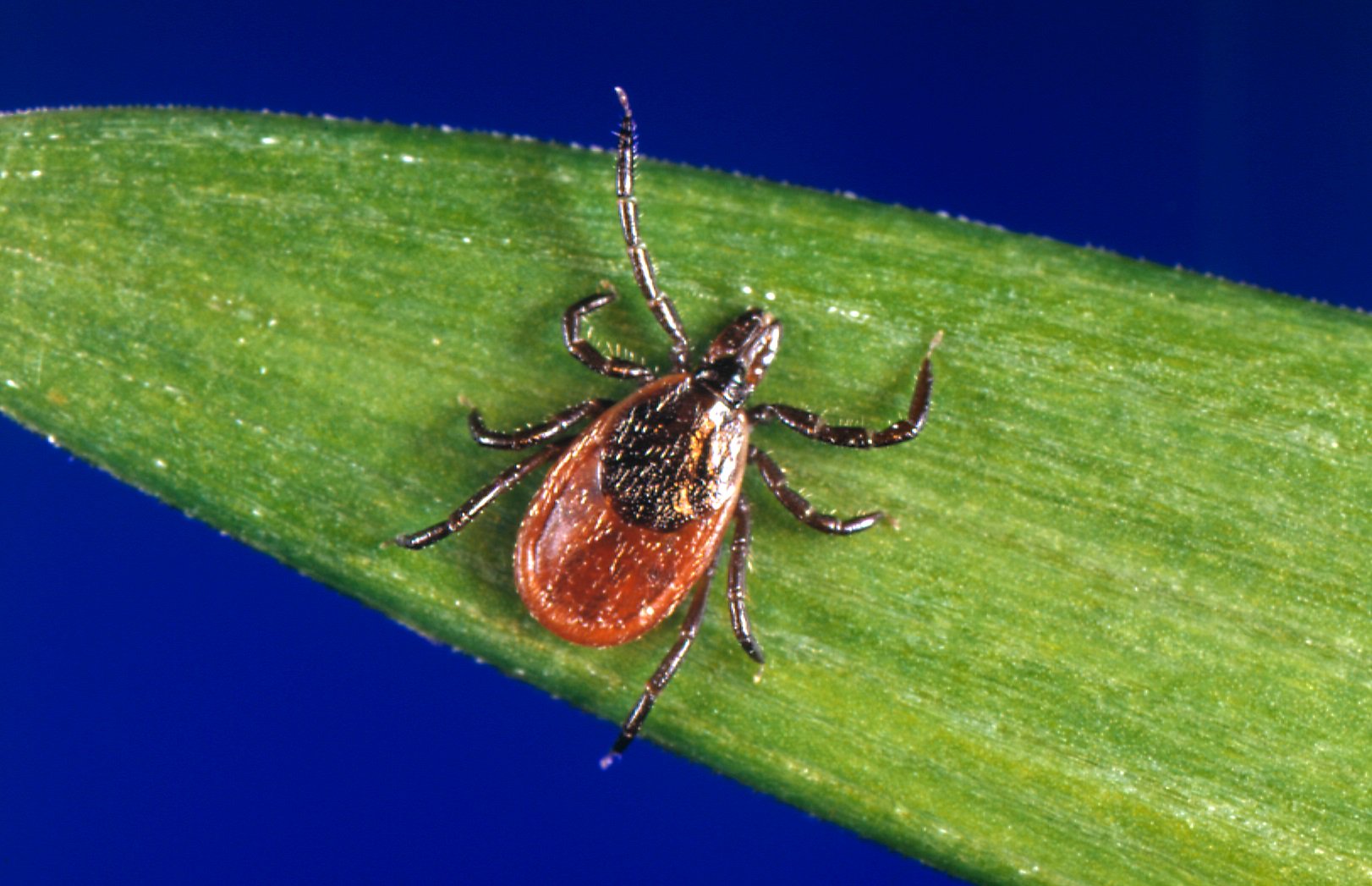Connectivity of urban parks contributes to spread of ticks

Prompted by a rise in Lyme disease cases in Staten Island, researchers surveyed 24 urban parks in the five New York City boroughs and found certain features that were favorable to infected ticks, including vegetation and park connectivity.
Writing in Emerging Infectious Diseases, Meredith C. VanAcker, a doctoral candidate at Columbia University, and colleagues said their project “challenges the perspective that tickborne disease risk is restricted to suburban and natural settings and emphasizes the need to understand how green space design affects vector and host communities in areas of emerging urban tickborne disease.”
“The infection prevalence in New York City blacklegged ticks is similar to what is found in endemic regions in the Northeast United States, where roughly one in four blacklegged ticks encountered will be carrying the bacteria that causes Lyme disease,” VanAcker told Infectious Disease News.
VanAcker and colleagues surveyed 13 parks in Staten Island, two in Manhattan, two in Brooklyn, three in the Bronx and four in Queens to determine the risk for Ixodes scapularis, or blacklegged, ticks — a vector for Borrelia burgdorferi, which causes Lyme disease. There was a concern that the increasing incidence of locally acquired Lyme disease cases in Staten Island would spread to other boroughs.

“The range expansion of I. scapularis ticks is attributed to reforestation, the increase in deer populations, and climate-facilitated expansion,” VanAcker and colleagues wrote. “Although historically associated with the incursion of suburban and exurban development into rural areas, tick-borne diseases are an emerging urban threat, indicated by an unprecedented increase in locally acquired cases in New York City and B. burgdorferi–infected I. scapularis in Chicago.”
They assessed the impact of landscape composition and the connectivity in and around parks on population density of I. scapularis ticks and the prevalence of B. burgdorferi infections. At 17 of the parks, at least one I. scapularis nymph was found. Of those parks, nine locations on Staten Island and one location in the Bronx had more than six nymphs, categorizing them as established for I. scapularis populations, they said.
The density analysis was limited to Staten Island because that is where most of the parks with established tick populations were located, according to the researchers. They found that the tick species was most abundant in the island’s central and southern regions and 8% to 40% of ticks were positive for B. burgdorferi.
VanAcker and colleagues reported higher nymph densities in parks with vegetated buffers and increased connectivity. Moreover, the prevalence of B. burgdorferi infection was strongly determined by the degree of park connectivity.
The movement of hosts, such as deer and white-footed mice, and habitat use during tick feeding times determined dispersal patterns. The findings also suggested that bare soil surrounding parks and water may serve as a barrier for deer movement into urban parks, which could limit tick population, according to the researchers.
“Our findings are consistent with studies that have found agricultural fields, large urbanized areas, and a combination of landscape features with low permeability, such as waterways and roads, to impede deer movement, potentially slowing tick expansion,” VanAcker and colleagues wrote.
Deer are key hosts for I. scapularis ticks, and more than 90% of female ticks feed on deer, the researchers explained. An adult female tick can lay approximately 2,000 eggs after a meal of deer blood, indicating that deer are the primary host for adult I. scapularis ticks and a critical factor in the establishment of new tick populations, according to the study.
“It is important for infectious disease doctors to understand the diagnostic requirements for tick-borne disease in urban as well as rural and suburban areas,” VanAcker said. “Importantly, an essential question that doctors should be asking patients is whether their tick bite was locally acquired. This will provide important information on the presence of blacklegged ticks in urban green spaces. Further, specific site information on where the patient was bitten by the tick would be important to relay to local public health officials.” – by Marley Ghizzone
Disclosure: VanAcker reports no relevant financial disclosures.

